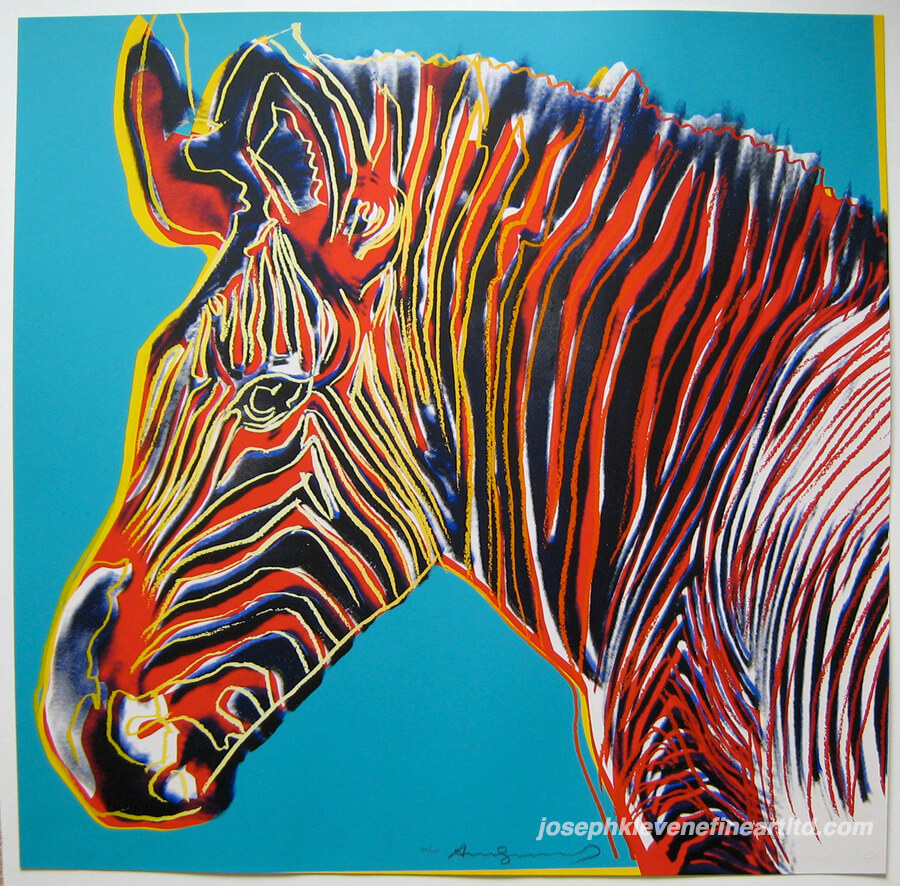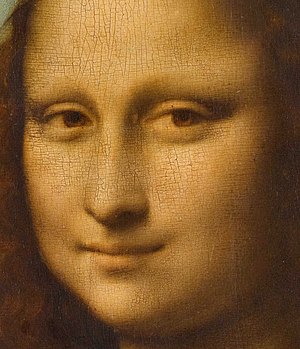“Portrait of Napoleon Bonaparte, The First Council,” was painted by Jean Auguste Dominique Ingres in 1804. This painting was created on commission for the Emperor himself Napoleon Bonaparte, which was promised to the citizens of Liege, Belgium as a sign of appreciation, after the struggles of the Austrian Bombardment. In this painting, Ingres had to base Napoleons pose off of a painting done by Jean – Antoine Gros, because he could not get him to sit for his own portrait. In the painting he is depicted as an officer doing his duty for the people in order to rebuild their city.
Monday, November 28, 2011
Iconography 2
“Girl with a Pearl Earring,” was painted by Johannes Vermeer in 1665. This painting is quite simple in its composition. It is simply a girl with a pearl earring, with the earring being used as the focal point. Unfortunately, very little is known about this painting. It is unsure if it was painted as a commission and if it was, whom it was for, but either way, it was not meant to be painted in the style of a conventional portrait. This painting is often referred to as “the Mona Lisa of the North” or “the Dutch Mona Lisa.” From more recent studies it is thought to be what is considered a “tronie,” which is a 17th century description of a head that was not meant for a portrait. In more recent times, both a novel, and a movie have been created which may add a possible background story to the painting.
Iconography 1
“The Brigadier,” was painted by Lucian Freud in 2003 – 4. It is a painting of an English Military man named Andrew Parker-Bowles wearing full uniform, with his medals clearly being accentuated on his chest. This man was a friend of the Prince of Wales. At first glance it seems as if the painting belongs with traditional portraits of Military men by artists like van Dyck and Sargent, but on second look, you get a sense of manhood that puts the figure in a nobler type of portraiture like those of Rembrandt and Goya.
Friday, November 18, 2011
Foreground, Middle ground, Background: The foreground of a composition is the visual plane that appears closest to the viewer, while the background is the plane in a composition perceived furthest from the viewer. The middle ground is the visual plane located between both the foreground and the background. Claude Monet's "Jardin à Sainte Adresse," 1864, clearly shows the people and garden scener in the foreground, the ocean and closer sailboats in the middle ground, and the much smaller sailboats in the background.
Picture Plane: In painting the picture plane refers to the flat surface of the canvas or the physical material onto which the paint is applied. An interesting example is Henri Matisse's "Red Room." 1908. In "Red Room," the entire picture plane is used and Matisse really flattens the image by using such a bright dominant color.
Post Modernism: a term used to describe an art movement which was thought to be in contradiction to some aspect of modernism or to have emerged or developed in its aftermath. In general, movements such as Intermedia, Installation Art, Conceptual Art, and Multimedia, particularly involving video are described as postmodern. An example would be Andy Warhol's "Grevy's Zebra." 1983
Modernism: its broadest definition, is modern thought, character, or practice. More specifically, the term describes the modernist movement, its set of cultural tendencies and array of associated cultural movements, originally arising from wide-scale and far-reaching changes to Western society in the late 19th and early 20th centuries. An example would be Hans Hoffman's "The Gate." 1959 - 1960
Cross Hatching: cross hatching is an extension of hatching, which is the use of fine parallel lines drawn closely together, to create the illusion of a shadow. Cross hatching is a layering of two hatchings at right angles used to create a mesh like pattern. Shown here by Rembrandt in a Self Portrait from 1630.
Iconography / Iconology: the branch of art history which studies the identification, description, and the interpretation of the content of images. The word iconography literally means "image writing". "The Last Supper," by Leonardo da Vinci is an iconographic image of Jesus telling the apostles that one of them would betray him. 1495 - 1498
Thursday, November 10, 2011
Matisse Model
In this piece Matisse seems to be attempting to do the same thing we are doing in class. It seems as though he is not only focusing on the model, but also the space around her. By doing this he is able to experiment and create the correct proportions. By looking at this painting, it makes me feel better about my own work. The reason is because this piece does not have that "perfect" artist feel to it. Rather, it has places where the proportions do not seem to be perfect, and other places with minor distortion. For example, the models hip seems to jut out more than it actually would in reality.
Nude Sketches Day 3
From the third day of sketching with a model, I feel that my last drawing worked out best for me. At the beginning of the period I really wasn't happy with the way my sketches were coming out, but they got a little better each time. I would say that the toughest part of sketching today was that in most poses, the model's position created a large amount of foreshortening. This made it really tough to truly capture the proportions, and place the model in the space. In a way, it felt as if I was distorting the figure in my sketch, but after it was all said and done, it seemed to be correct.
Sunday, November 6, 2011
Hans Hoffman - "Landscape"
The two quotes that I feel apply well to this painting are, "It is not the form that dictates the color, but the color that brings out the form." As well as, "The whole world, as we experience it visually, comes to us through the mystic realm of color." The first quote works well because Hoffman clearly uses color to abstractly create the form of a landscape. The second applies because he is speaking of visualizing the world, and in the painting he is creating the abstract form of the landscape, which goes hand in hand with visualizing the world.
Wednesday, November 2, 2011
Nude Sketches Day 2
This set of sketches comes from our second week of practicing with a model. A different model was used but the same goals applied. We continued to work on setting the proportions of both the space and the figure in the space. During this class we also discussed Hans Hoffman and some of his theories. A quote from Hoffman, "Being inexhaustible, life and nature are a constant stimulus for a creative mind." I feel that this quote applies to working with a nude model because in a sense, the nude model is the essence of both life and nature, and when working with the model there are numerous positions and spaces to recreate.
Classroom Still Life
Here is a sketch of a still life that was set up in class one day. The point of this was to layout the proportions of the entire space first, and then little by little, recreate what was seen.
Subscribe to:
Comments (Atom)





























